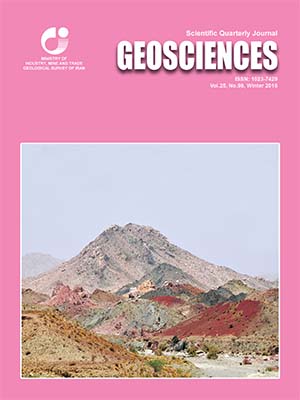Document Type : Original Research Paper
Authors
1 M. Sc. Student, Department of Geology, Islamic Azad University Science and Research Branch, Tehran, Iran
2 Associate Professor, Department of Earth Science, Faculty of Natural Science, University of Tabriz, Tabriz, Iran
Abstract
Total organic carbon content is one of the important parameters to evaluate the geochemical properties of oil- and gas-producing layers. In this study, total organic carbon content in the hydrocarbon-bearing formations was evaluated using log data in three stages. In the first stage, we used artificial neural network to calculate the organic carbon content. In the second stage, total organic carbon was calculated by using ΔLogR computational method. Finally in the last stage, well log data were classified into a set of electrofacies, which were performed using the most efficient clustering analysis method, i.e. MRGC method. Based on cluster validity tests, this method is the best to cluster petrophysical data in certain electrofacies. Cluster analysis was employed for classification of data from both neural network and ΔLogR methods. The results showed that intelligent systems are more appropriate than traditional techniques which are based on ΔLogR approaches, and also have higher accuracy. The proposed method has been presented with a case study from the Azadegan oilfield.
Keywords

